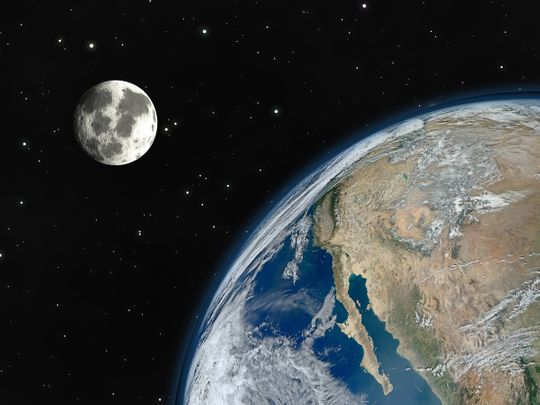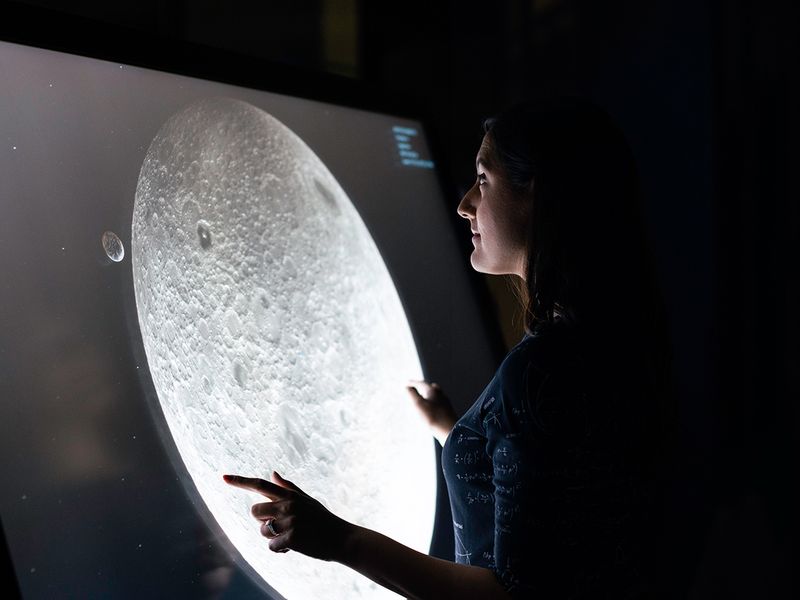
From landscape lighting to solar calculators (which have been around since the 1970s), we are constantly looking for ways to cut down on our carbon footprint. Yet, fossil fuels still make up 80 per cent of the world’s power supply.
Click start to play today’s Crossword, where you will revisit renewable and non-renewable forms of energy.
Way too much CO2
Wind, waves and sunshine are never going to run out, unlike the dead plants and animals from over 300 million years ago that still give us coal, gas and oil. Our fossil fuel reserves are rapidly depleting, though the problem of limited supply is secondary to the present state of the Earth.
Every year, tonnes of carbon dioxide get released into the air, and have been ever since the 1800s, when we first began burning coal during the Industrial Revolution. The gas traps the sun’s warmth to keep our planet at liveable temperatures, but we’re excessively clogging the atmosphere with it – hence, global warming.
Shoot for the sun, land on the moon
Solar power is our best bet since it is the cleanest and most abundant form of energy. Photovoltaic panels made of solar cells store sunlight during the day and generate electricity at night. While many solar farms or parks dominate the Earth’s deserts and remote areas, one man proposed we take it to the moon.

Pure sunshine hitting the moon, about 13,000 trillion watts, is free from cloudy skies and volatile storms, so why not? David Criswell, former director of the Institute for Space Systems Operations at the University of Houston, wrote papers upon papers to sell the idea of a lunar solar power (LSP) system. Collected solar energy would be converted into microwaves, beamed to the Earth, and then converted to electricity for use.
Our predicted population of 10 billion by the year 2050 could easily survive on this lunar solar power for decades. And perhaps the most cost-effective part is that solar cells can be made from lunar soil, which is high in silicon, while Earth’s resources would mostly remain intact.
Japanese construction firm Shimizu Corporation proposed another idea based off Criswell’s vision. A solar-cell belt called the Lunar Ring would circle the moon’s 11,000-kilometre equator, constructed using robots and lunar materials.
Do you think the moon could help us fight climate change? Play today’s Crossword and tell us at games@gulfnews.com.



